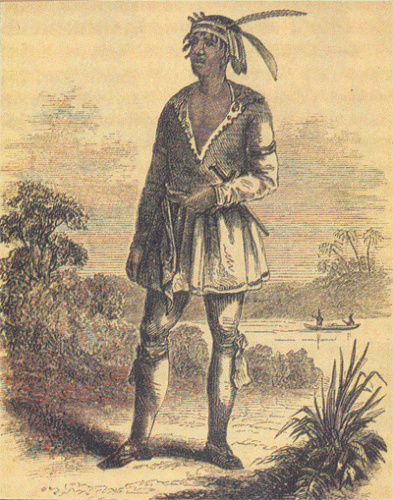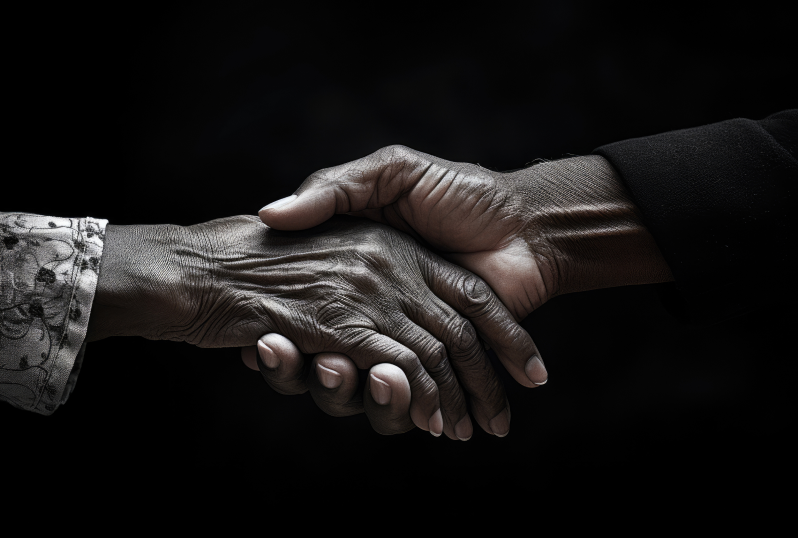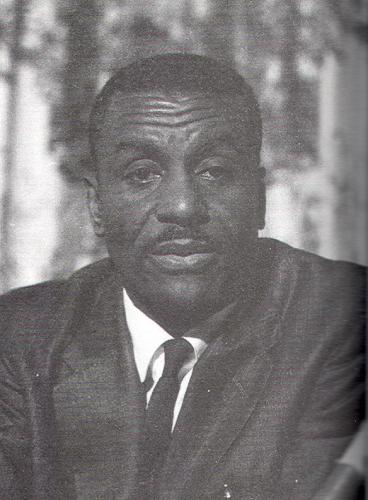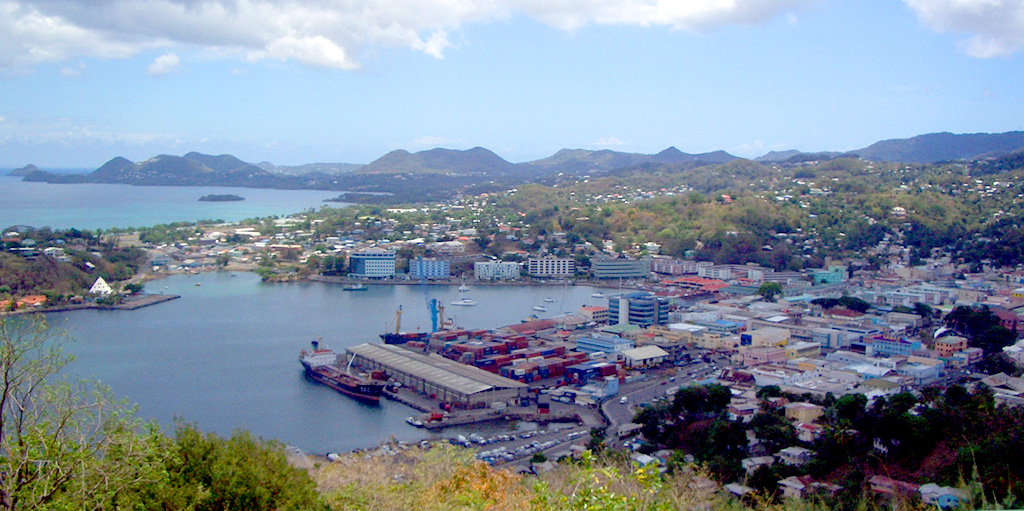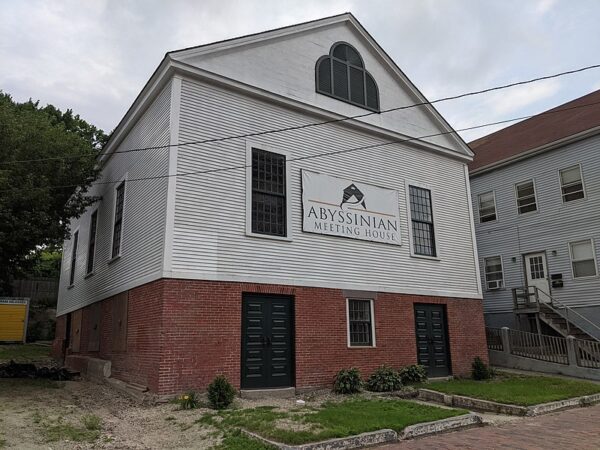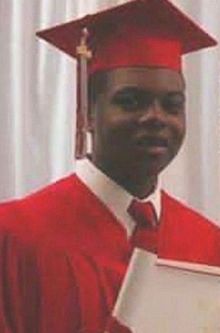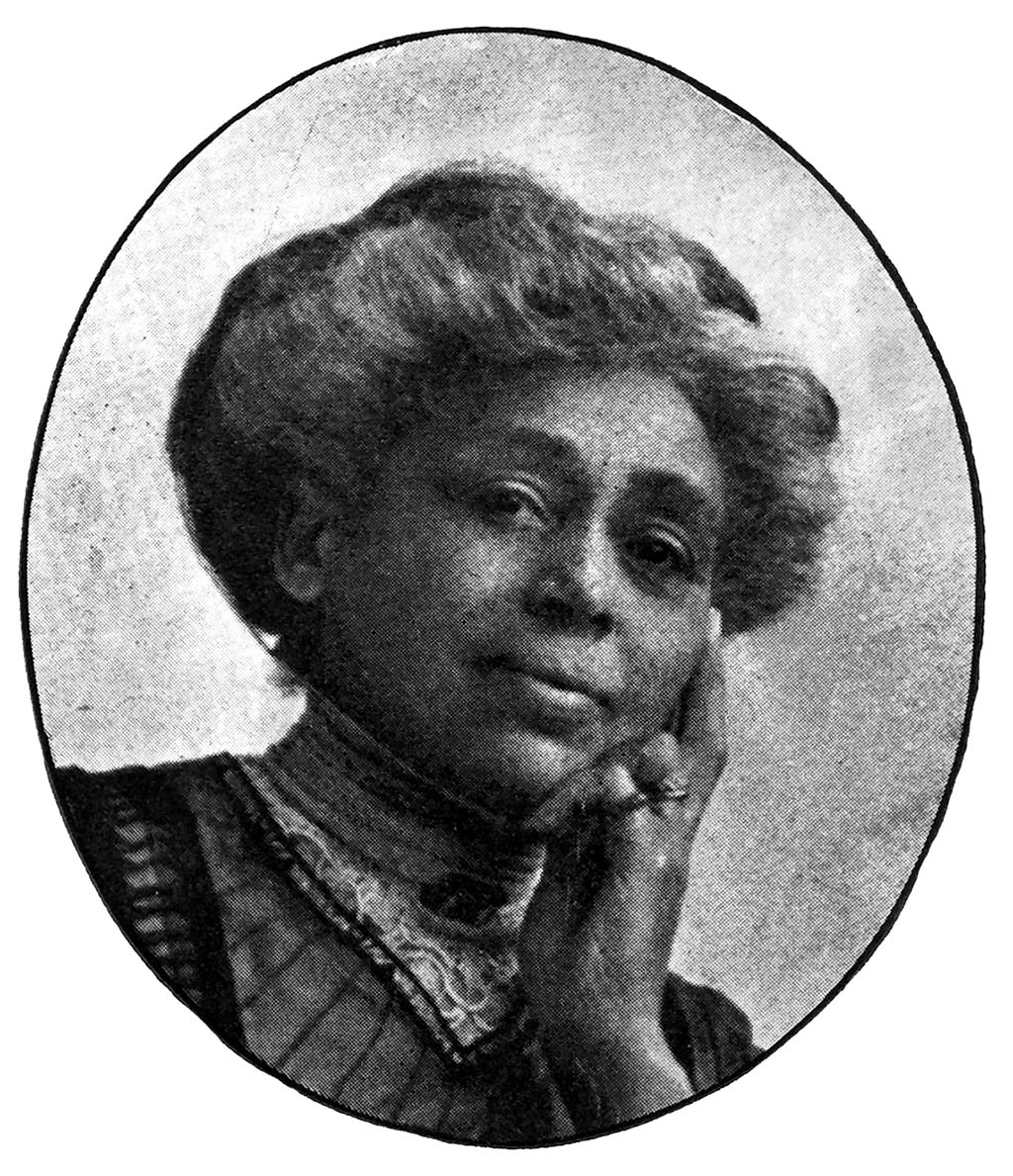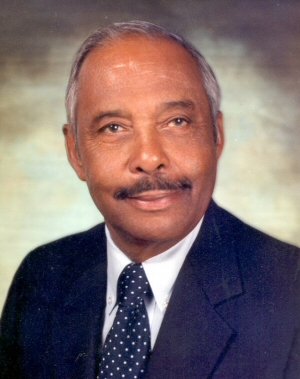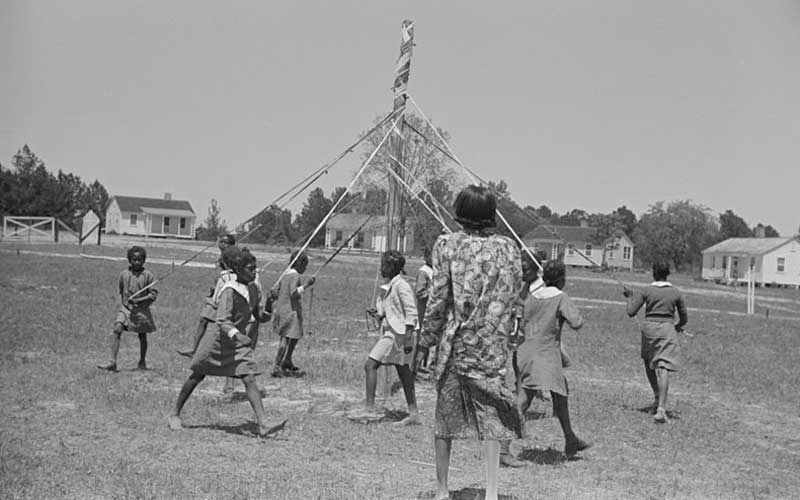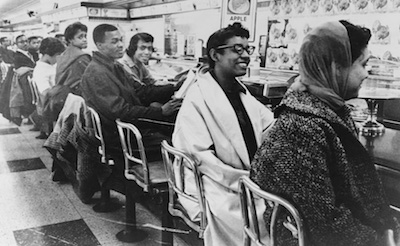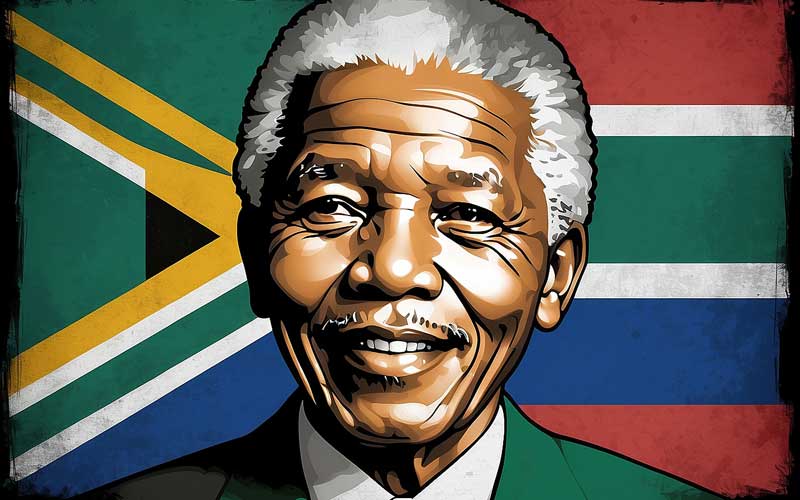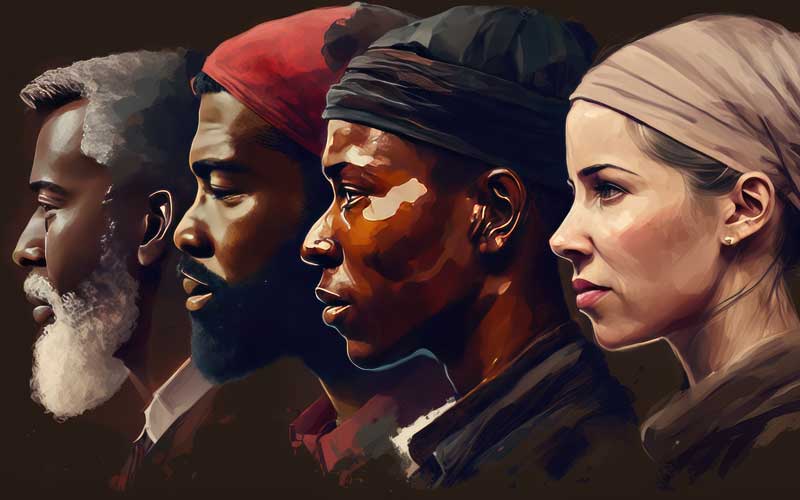John Horse, also known as Juan Caballo, John Cowaya, or Gopher John was the dominant personality in Seminole Maroon affairs for half a century. He counseled Seminole leaders, served as an agent of the U.S. government, and became a Mexican Army officer. He served the Seminole Maroons as warrior, diplomat, and patriarch, and represented their interests in Washington, D.C. and Mexico City. He fought against the United States, the French, and Indians and survived three wars, four attempts on his life, and the grasp of slavehunters.
Little is known of John Horse’s early years but by 1826 he was living in his owner’s village near Tampa Bay, Florida. During the Second Seminole War, 1835-42, he initially led Maroons against U.S. forces in Florida, but, offered the promise of freedom, he agreed to surrender and relocate west with the Seminoles in March 1837. By 1840, John Horse had married Susan July, the daughter of a Seminole Maroon guide and interpreter. Fearing that his family, and his fellow Maroons would be reenslaved, Horse entered into an alliance with disaffected Seminoles and left Indian Territory in November 1849 for northern Mexico.
Naming Horse’s followers Mascogos, the Mexicans in 1852 gave the Maroons, Seminoles, and a band of Southern Kickapoos separate land grants at Nacimiento to establish military colonies. In exchange for land, tools, and livestock, the immigrants agreed to fight against Apache and Comanche raiders. The Mexican authorities viewed John Horse as the undisputed head of the Mascogos and referred to him as El Capitán Juan Caballo.
During the summer of 1870, John Horse and many of the Mascogos returned to the United States and settled near Fort Duncan, Texas. In August, the able-bodied men enrolled in the U.S. Army as a new unit that came to be known as the Seminole Negro Indian Scouts. John Horse, however, never served with the scouts. After a failed assassination attempt against him by white Texans, Horse again led the Mascogos into Mexico. He died there in 1882 while on a mission to represent them before Mexican president Porfirio Diaz.

